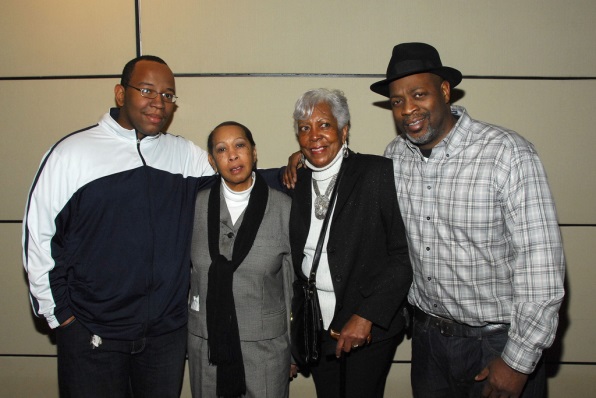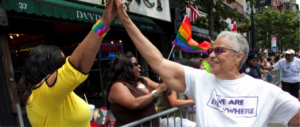Black and African American Elders
We helped lead the fight against racial inequality, but the fight for fairness and dignity continues.
Many of today’s black elders risked their lives and courageously led the movement to fight racial inequality and bestow upon us the many freedoms we enjoy today. The 1950s and 1960s were turbulent moments in U.S. history—a time when racial segregation and discrimination were at the epicenter of our contemporary civil rights movement.
In this sense, African Americans have a long history in the United States. Many have been here for generations, while others are recent immigrants who come from various parts of the world, including the West Indies, Africa and the Caribbean, as some examples. According to the Administration on Aging, the Black or African American older population was 3.2 million in 2008 and is projected to grow to over 9.9 million by 2050. In 2008, African Americans made up 8.3% of the older population. By 2050, the percentage of the older population that is African American is projected to account for 11% of the older population.
While many black elders were champions for change during the Civil Rights Movement, today they remain impacted by a lingering inequality. Here are three of the biggest challenges facing black elders today:
While African American older adults make up 9% of the elder population, they represent 21% of the elder population living below the federal poverty level. According to the Administration on Aging (AoA), the poverty rate for black elders living in the U.S. is more than twice the rate for all elders.
Research shows that most black elders have at least one chronic condition and many have multiple conditions. The most frequently occurring conditions among black elders include hypertension, diagnosed arthritis, diabetes and cancer. The Centers for Disease Control and Prevention shows that while Black Americans only account for 14% of the U.S. population, they make up 44% of all new HIV infections as well as 44% of all people living with HIV. Additionally, 17% of new HIV diagnoses in the U.S. occur in those 50 and older.
Affordable housing is a problem for many elders in areas across the country, yet for black elders this problem is magnified since the majority of black elders live in states with high cost of living, such as New York (9.1%), Florida (7.1%), California (6.5%), and Texas (6.4%). The problem is exacerbated for black elders due to poverty levels (as outlined above), prejudice and discrimination.
Despite the great adversity and profound inequity faced by many black elders, they continue to be leaders in their lives. They are living longer than before, raising successful families and they continue to be a source of wisdom for their communities.
Click here for the latest news and blog posts about Black and African American elders.





